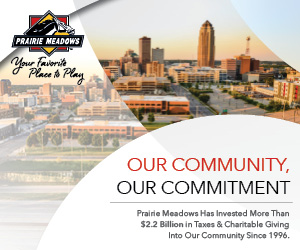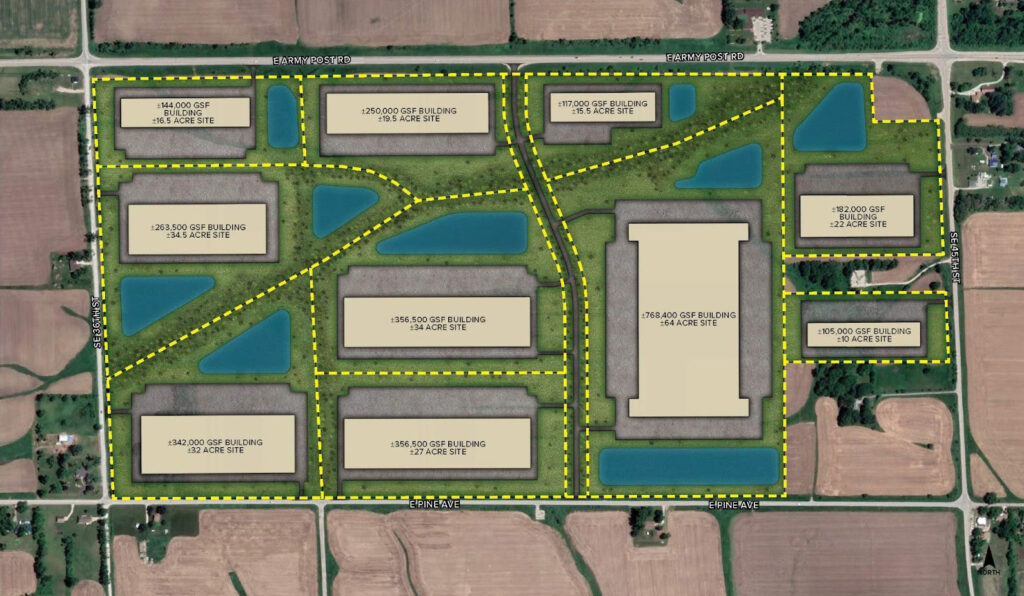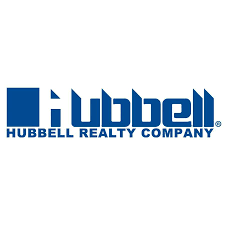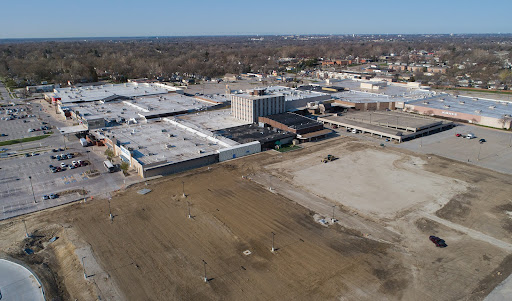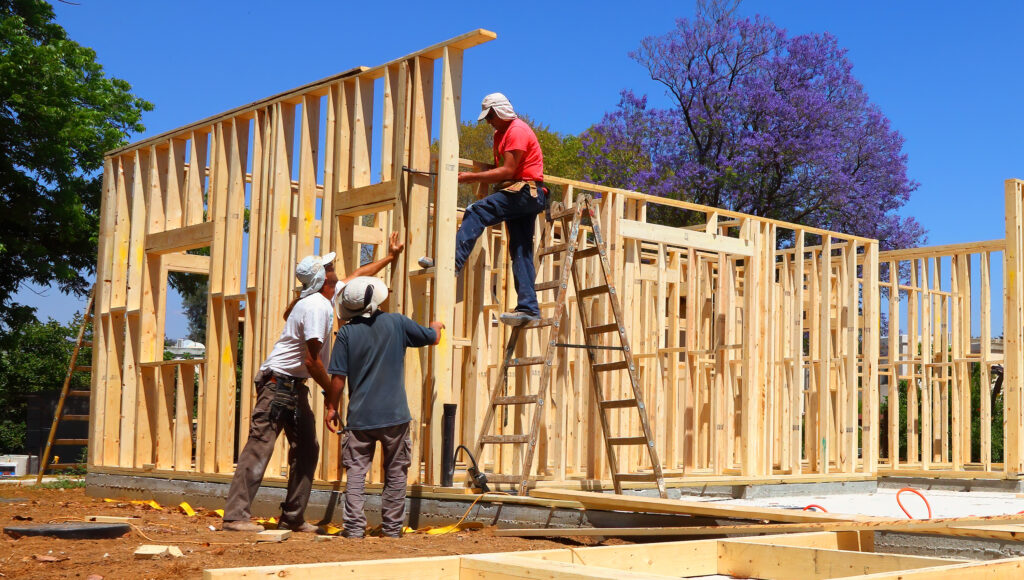Inside Hubbell’s 2015 market survey
Commitment: the third leg of the growth cycle

KENT DARR Feb 26, 2015 | 11:00 pm
4 min read time
1,008 wordsBusiness Record Insider, Real Estate and DevelopmentOn a virtual flyover of Greater Des Moines, Kyle Gamble would see warehouses, retail centers and office and apartment buildings, all adding up up to the third leg of a growth cycle: commitment.
“It’s where you want to be,” he said.
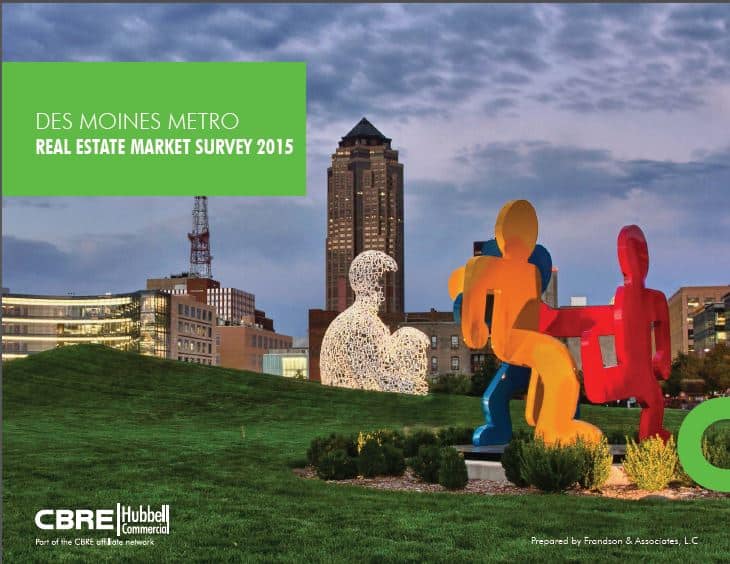
|
| Download Real Estate Market Survey click here |
Gamble is the senior vice president and managing director of CBRE|Hubbell Commercial. The brokerage arm of Hubbell Realty Co. unveiled its annual commercial real estate survey today. The survey of all commercial properties, with the exception of multifamily housing, is done in conjunction with Frandson & Associates LC. The multifamily report is done in conjunction with Commercial Appraisers of Iowa Inc.
To the jaundiced eye, the surveys could point to something of a flat market, with not a lot of movement up or down in any property class, with the notable exception of multifamily housing.
But looks can be deceiving.
“For the foreseeable future, I think the fundamentals are in a good position,” Gamble said. “Banks are lending, there is an increase in capital investment and leasing, construction and development and the sale of real estate for both occupancy and investment.”
Companies continued to fill vacant office space, though at a slower pace than what was reported in the 2014 report. According to the survey, the occupancy rate increased to 91.1 percent in 2015 from 90.4 percent in 2014, with an additional 65,214 square feet leased this year. In addition, new office projects are underway.
Even with Wells Fargo & Co. and DuPont Pioneer moving workers from leased space to new offices, Gamble is optimistic.
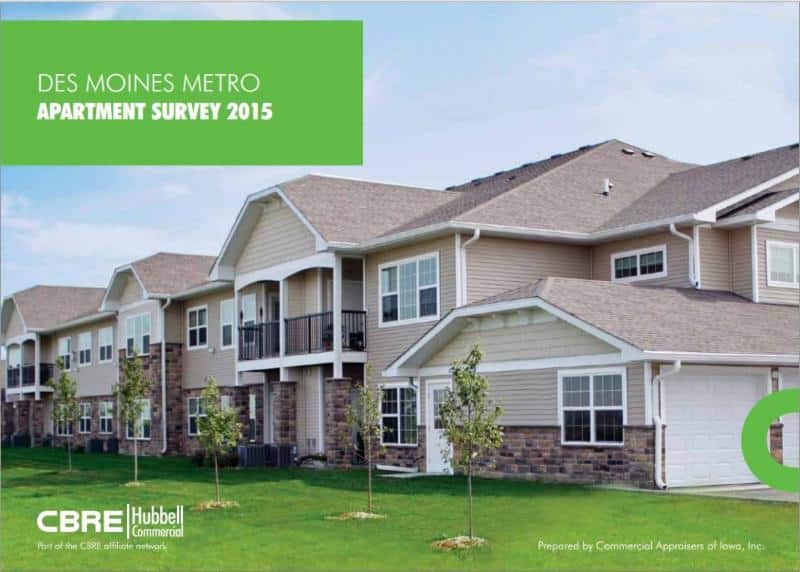
|
| Download Apartment Survey click here |
Those moves showed a commitment to Greater Des Moines and will generate more employment and economic activity, he said.
“We want Wells Fargo to build more buildings; we want Pioneer to build; we want Kum & Go to build a new headquarters,” Gamble said.
Korey Birkenholtz, who specializes in office properties for CBRE|Hubbell Commerical, said the glut of empty office space that has characterized the downtown Des Moines office market is improving and will continue to improve, especially if companies can solve parking issues.
“We might not have a lot of change in occupancy, but I think we will have a market over the next 12 to 18 months that will be very competitive,” he said about the entire Greater Des Moines market.
A main reason that occupancy rates might appear flat is that there is little new office product on the market, with many buildings that are under construction already spoken for. In addition, the shift of workers at Wells Fargo & Co. and DuPont Pioneer from leased spaces to new buildings on those companies’ campuses in West Des Moines and Johnston opens space in some buildings and fills it in others.
Occupancy at big-box retail stores dropped to 94.7 percent this year from 97.5 percent in 2014; both Merle Hay Mall and Valley West Mall have more vacant space than a year ago; warehouses have a tad more empty space.
Here’s the flip side: Merle Hay Mall, for example, chewed up much of its vacant space with the Flix Brewhouse movie theater; mall tenants that leave when their leases expire become potential tenants for neighborhood shopping centers; companies are adding warehouse space in Ankeny and Grimes.
On the retail side, the closed Family Fun Center at Fourth Street and Grand Avenue in West Des Moines gave way for a new Fareway grocery store. Hurd Real Estate Services added 75,000 square feet of space and filled it with a Nordstrom Rack and Home Goods store near Jordan Creek Town Center. Sam’s Club has added more than 137,000 square feet to the Ankeny inventory.
Smaller retail centers have opened in West Des Moines and Ankeny, and more are planned for this year.
Those retail centers, large and small, are generating some activity, with revenues up 17 percent since 2006 to $8.8 billion in 2014.
Tyler Dingel, who specializes in retail properties for CBRE|Hubbell Commercial, said the announcement that new-to-the-market retailers such as The Fresh Market Inc. and Recreation Equipment Inc. draws the attention of other retailers to the Greater Des Moines market.
For that reason, the overall increase in retail vacancies is deceiving, he said.
“That’s not a true reflection of our retail market,” Dingel said.
The combination of office, retail, showroom and warehouse properties that are called flex spaces showed a slight improvement in occupancy.
Overall occupancy of warehouse space declined slightly since the previous survey to 93.3 percent from from 94.8 percent. Nearly 600,000 square feet of new warehouse space has been added to the market since 2014. The central business district in downtown Des Moines saw a decline in warehouse space, with the repurposing of several warehouses, many to apartments.
Morey Knutsen, who specializes in industrial properties for CBRE|Hubbell Commercial, said Greater Des Moines could be in the unusual position of having more warehouse space than it needs if several pending projects are built out. Grimes, Ankeny and northeast Des Moines all have projects underway or land that is on hold for warehouses.
And developers of multifamily housing are a shining example of the “commitment” leg of growth. Developers plan to add 3,048 units this year, with all but 290 of them charging market-rate rents, after delivering 2,137 units last year.
Gamble said he expects multifamily to balance out over the next year, with vacancies rising closer to the historical average of about 5.4 percent.
Still, Greater Des Moines has become a magnet for national and international investment dollars as prices rise and margins shrink in primary markets, said Linda Gibbs, who oversees capital markets for CBRE|Hubbell Commercial along with Tim Sharpe.
Sharpe said that in addition to multifamily housing, investors are interested in retail, industrial, student housing and senior living properties.
They also noted that downtown office and retail projects are gaining interest with investors.
“Twenty five years ago, we saw beginnings of the move to the suburbs,” Sharpe said. “But with Kum & Go coming downtown may signal a resurgence of interest.”

